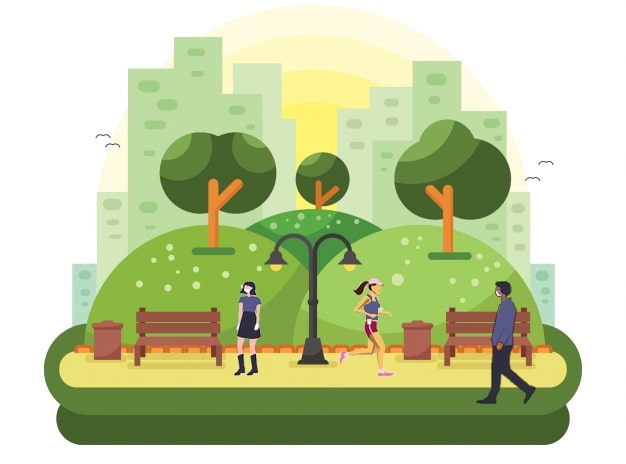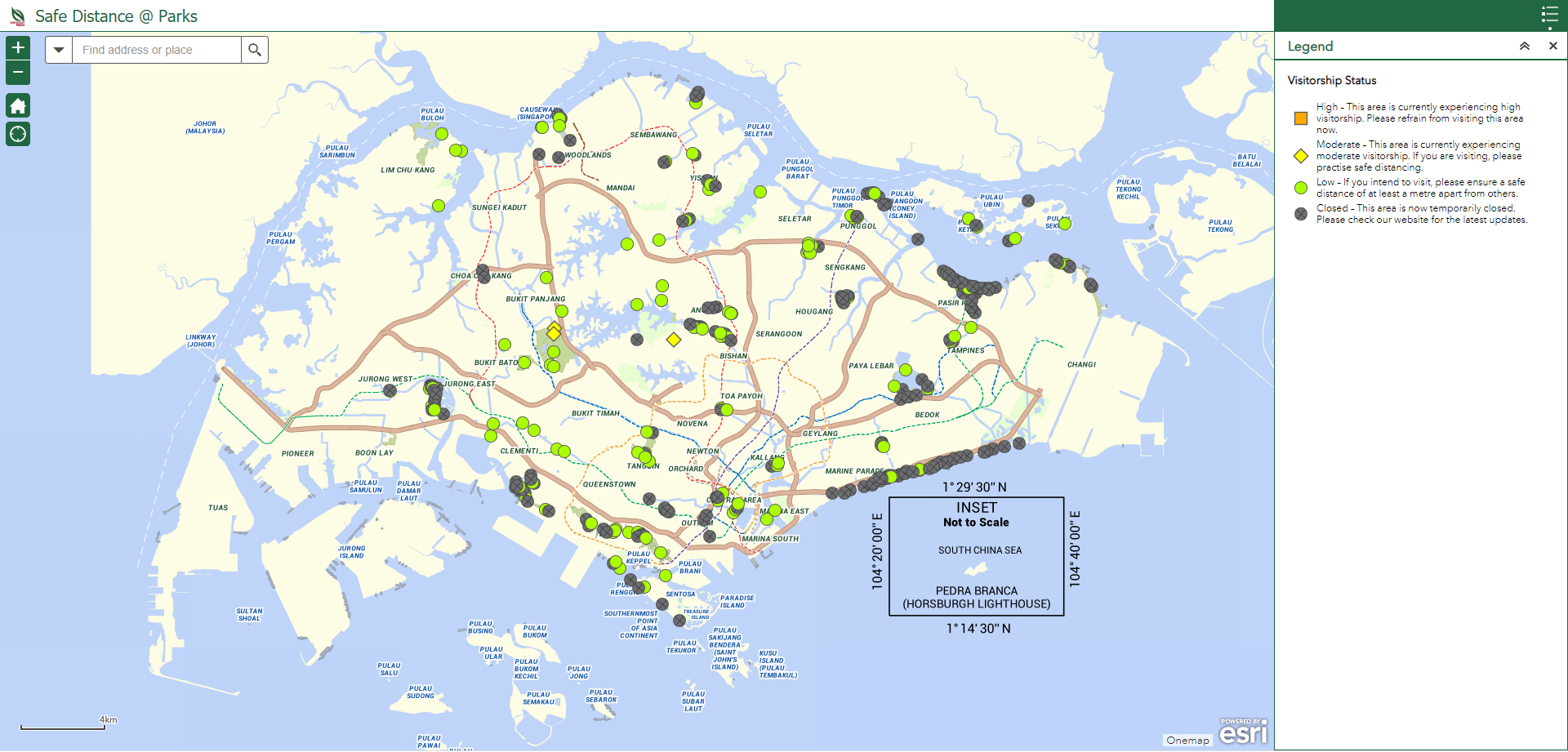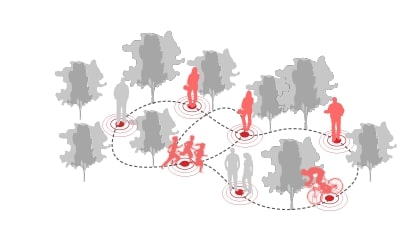Green Spaces: Lungs of the City
With a running list of countries that are now living under lockdown, the ability to go outside and get some fresh air in green spaces has never been so relevant and crucial.

There has always been a connection between public health and physical design. In urban spaces, parks function as the primary source of natural recreation for city dwellers. With a running list of countries that are now living under lockdown, the ability to go outside and get some fresh air has never been so relevant and crucial. Green spaces have always offered its users positive physical and psychological impacts and even more so during this period, they have become a place where people seek solace amid the coronavirus pandemic.
With most of us confined in our homes, whether working from home or because schools have gone online, there is a higher appreciation of green spaces and its association with a sense of well-being. More people are visiting their neighborhood parks to stretch their legs and have turned to outdoor recreation since malls, cafes and other non-essential platforms are closed. As a result, there has been an increase in visitorship in green spaces.
Geographic Information System (GIS) mapping has been very effective in allowing people to grasp the latest coronavirus situation and visualize its distribution pattern. In the context of spatial trends like disease surveillance and behavioral monitoring, many countries are integrating data pertaining to the area of outbreak, population risk, available health infrastructure, etc. For green spaces, the National Parks Board (NParks) has developed a real-time map that shows the visitorship status at different green spaces in Singapore so that people can avoid areas with high visitorship status.

Figure 1. Screengrab from Safe Distance @ Parks. Image Credit: NParks
Conceptualizing urban parks as “lungs of the city” is one of landscape architecture’s most enduring metaphors and almost a cliché, dating back to over 100 years ago. The father of landscape architecture, Frederick Law Olmsted, stood by the belief that free, public parks are necessary and a powerful contrast to the harsh conditions during the industrial revolution. In his words, “the purpose of urban parks is to provide the feeling of relief experienced by those entering them, on escaping from the cramped, confined and controlling circumstances of the streets of the town; in other words, a sense of enlarged freedom is to all, at all times, the most certain and the most valuable gratification afforded by a park”. -- Although the “enlarged freedom” was in reference to relief from the city as a crowded and smelly place, we are now experiencing that in new ways where parks are now the only places to escape the confines of our own homes and take a breather from our stay-at-home routines
Hence, landscape architects’ mission to build and advocate for parks, public spaces and conservation of nature could not be more publicly recognized than it is today. Natural spaces are under our stewardship, professionally or not, and vice versa- human beings are also under nature’s purview as it is our lifeline and we depend on it for our overall health and well-being.

Figure 2. Social Distancing in parks is still important. Image Credit: Author's own
As much as going for a walk has never felt more of a novelty than this period, social distancing is a key containment measure and the responsible thing to do as a society to break the chain of contagion. While some green spaces and public parks may decide to close some facilities or all their vicinity, they are best placed in accordance to local situations. The fact that most parks are still open is a comforting thought and for that to continue, let us be thoughtful of how we should act in public spaces and be reminded that free, public open spaces that are safe, clean and beautiful is a privilege.
